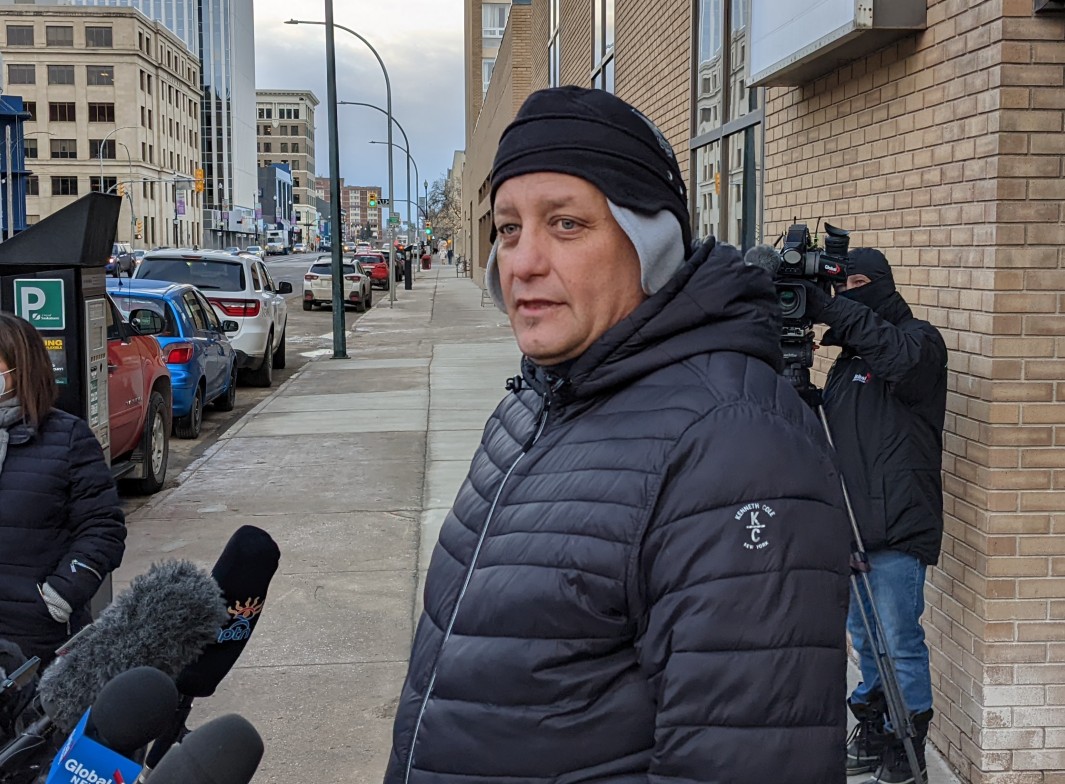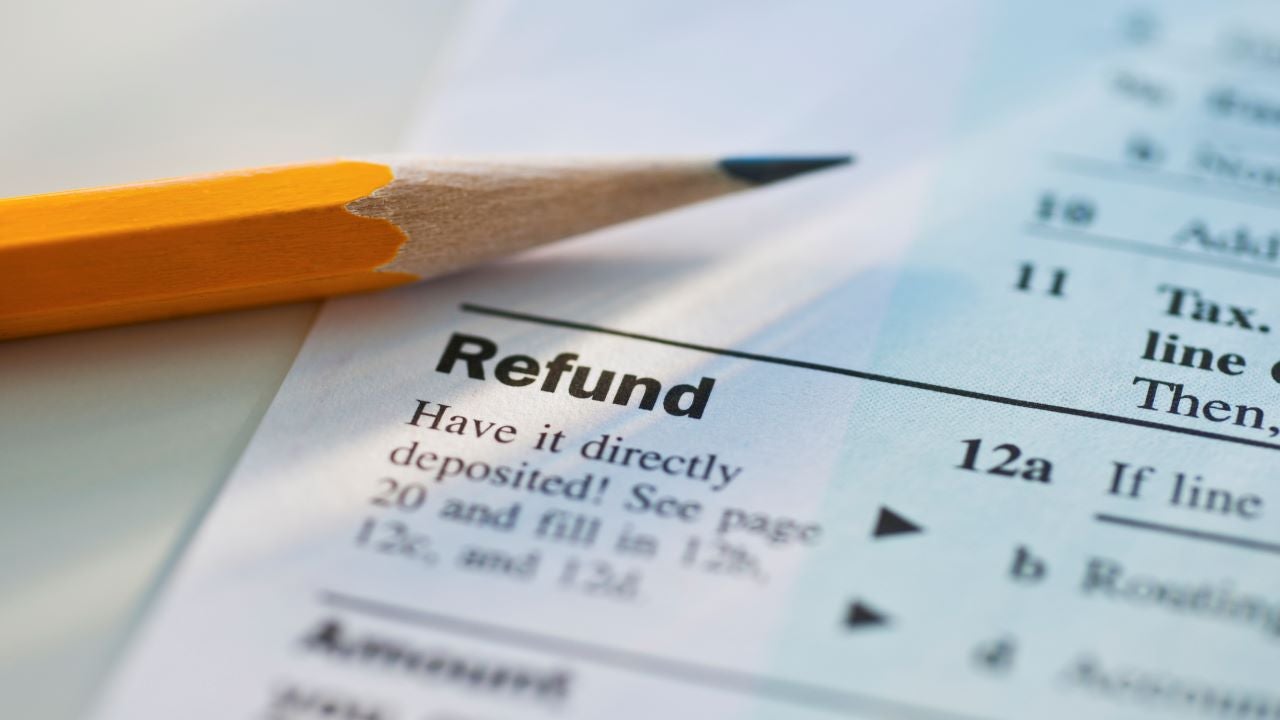
Payday Loans in One Hour – Quick Approval, No Credit Check
What Are 1-Hour Payday Loans? Are you facing a cash-flow emergency at a moment? A traditional…

What Are 1-Hour Payday Loans? Are you facing a cash-flow emergency at a moment? A traditional…

Garden design is a discipline that encompasses the art and science of creating aesthetically pleasing…

Sprinkler systems have emerged as a popular and efficient method for irrigating gardens and nurseries.…

In the world of gardening and nursery management, irrigation plays a crucial role in ensuring…

Green manure is a valuable practice in sustainable agriculture that involves the use of specific…

Gardening is a rewarding and fulfilling hobby that allows individuals to reconnect with nature, enhance…

Outdoor structures play a crucial role in enhancing the aesthetics and functionality of gardens and…

Mulching is a critical technique employed in gardens and nurseries to promote plant health, conserve…

In today’s world, where water scarcity is becoming an increasingly pressing issue, efficient irrigation systems…

Water features, such as fountains, ponds, and waterfalls, have long been recognized for their ability…

Hügelkultur, a centuries-old German gardening practice, has gained increasing popularity among gardeners and nurseries worldwide.…

Garden planning is a crucial aspect of effective garden design, enabling individuals to create harmonious…

Garden and nursery enthusiasts understand the importance of maintaining healthy plants, and one essential aspect…

The use of plants in gardens and nurseries is essential for creating aesthetically pleasing landscapes.…

The federal government provides funding for education and awareness of the legacy of residential schools…

The Los Angeles County Board of Supervisors voted unanimously Tuesday to move forward in the…

Composting has become an increasingly popular practice among gardeners and nurseries as a sustainable method…

Whether your home is cooled by a central air conditioning system or you have window…
It’s an old saying, “you can’t fight the town hall”, but sometimes you just shouldn’t…

MANILA – Malacañang on Tuesday tasked a Department of Environment and Natural Resources (DENR) task…

Pruning is an essential practice in gardens and nurseries to maintain the health and aesthetics…

SYDNEY, June 24, 2022 /PRNewswire/ — Digital lender and non-bank challenger MONEYME (ASX: MME) expands…

Composting has long been recognized as an effective and sustainable method for managing organic waste.…

Change is difficult and stressful, but the level of change triggered by the coronavirus outbreak…

As people run out of clothes, plants outgrow their pots, but when it comes to…

In the realm of gardening and horticulture, composting plays a vital role in nurturing healthy…

Coventry has a range of pubs and bars which have come back to life after…

COSTA MESA, Calif.–(BUSINESS WIRE)–To foster financial inclusion in the United States, Experian® today launched Experian…

It would be a shame to lose one of your tomatoes at this point in…

Gardens and nurseries play a crucial role in enhancing the aesthetic appeal of our surroundings,…

Press Releases 01/13/2022 Attorney General Tong, Consumer Protection Commissioner Seagull and Banking Commissioner Perez Announce…

Organize your party at Crop OverMore than 100,000 people gather each year in Barbados for…

Is there an old trend more despised than a popcorn ceiling? If you find yourself…

Program of summer activities unveiled for the children of Angus Calendar An icon of a…

Gardens and nurseries play a vital role in providing us with beautiful landscapes, bountiful harvests,…

When the Venn Foundation funds access to extracurricular music lessons, medical technology research at the…

This weekend offers a plethora of entertainment on the northern Olympic Peninsula. In addition to…

Soaker hoses have emerged as an efficient irrigation solution for gardens and nurseries. These innovative…

Crabgrass appears as a coarse, light green clump of grass that typically grows on lawns.…

Members of the Oasis Garden Club plant planters. Courtesy of Lillian RansomOn April 22, 1932,…

The adventure is outside! While Negros Oriental is on its way to becoming one of…

PHOENIX, July 13, 2022 /PRNewswire/ — RRA Capitala leading investment firm specializing in CRE bridge…

PHOTO ABOVE: A couple enjoys a meal at Manayunk Pop-Up Garden. (Photo/Pennsylvania Horticultural Society) The…

Did you know that Forsyth County Extension volunteers Master Gardener and Master Naturalist partner with…

Spring has arrived and with it comes activities we haven’t done in months. Even if…

Direct-to-consumer lender Wyndham Capital Mortgage proceeds with a new round of layoffs, according to a…

PALMDALE — To celebrate Earth Day, April 22, the city has planned a month of…

Looking at the transformation of the automotive industry over the past two years, we have…

Independent Mortgage ApplicantsMany people dream of being their own boss. And for good reason, several…

Fears have been raised over Welsh Rugby Union changes to youth rugby in Wales as…

Pruning is an essential practice in the maintenance and cultivation of gardens and nurseries. It…

Outdoor decorations play a pivotal role in enhancing the overall design of gardens. The strategic…

Compost tea, a liquid fertilizer derived from composted organic materials, has gained popularity amongst gardeners…

Right now, the best thing we can do to help stop the alarming spread of…

Ten Hag remains silent on Ronaldo; Rashford says Man Utd ‘are much fitter than last…

“What is really worrying is that 99% of their casualties come from the artillery. This…

In many countries, including Spain, Germany and Britain, governments are now allowing clubs to host…

Gardens and nurseries play a vital role in enhancing the aesthetic appeal of residential, commercial,…

Are you expecting a tax refund from the IRS? You may not have to wait…

MARQUETTE, Mich. (WJMN) — In 2018, the Ampe family adopted two little boys with Down…

BURLINGTON – Gardener’s Supply Company, founded on the principle that gardens change lives, addresses the…

Item 2.03 Creation of a Direct Financial Obligation or an Obligation under a Off-Balance Sheet…

Garden clubs have flourished in Superior for many decades, not only beautifying the town, but…

After contracting COVID-19 for the second time, famed actor Hugh Jackman had to abstain from…
/how-to-restring-a-weed-wacker-df5144ba7b79492eb4cbab9f35e44e00.jpg)
Whether your garden is neat and tidy or a bit wild, weed trimmers can be…

Drip irrigation is a highly effective method of enhancing garden and nursery irrigation, offering numerous…
Hannah Gadsby’s memoir Ten Steps to Nanette opens on the stage of a posh Hollywood…

PODGORICA – Eight years after the contract was signed, the first section of a controversial…

The new Go Wild guide from Bear Grylls Survival Academy (BGSA) and cereal bar brand…

The Carson City Public Library Book Club now features “At Home: A Short History of…

Composting has emerged as a sustainable and eco-friendly practice in both gardens and nurseries, offering…

Concluding a social compact around a just and climate-resilient transition will be difficult for some,…

Pruning is a fundamental practice in gardens and nurseries that involves the selective removal of…

Investec plans to offer its private banking clients financing to install solar panels and battery…

A garden is a living canvas for creative play. From a single herb on your…
Wicklow LGFA Senior football team are looking for a new manager after Leighton Glynn resigned…

Soil types play a crucial role in the success of gardens and nurseries, as they…

Vermicomposting, the process of using worms to decompose organic waste materials into nutrient-rich compost, has…

Dia De Los Muertos follows the most well-known Halloween on the typical calendar, and we…

As spring approaches, you’ll want to make sure you have your gardening tools ready to…

Holly Willoughby appears to be feeling a little better after stepping out for the first…

Pruning plays a vital role in maintaining the health, shape, and productivity of plants in…

I have a hunch that fall will come early this year. Maybe it’s the angle…

When developing a home buying budget, it is important to understand that there are a…

I have a hunch that fall will come early this year. Maybe it’s the angle…

Diving Brief: Bank of America plans to cut overdraft fees from $35 to $10 starting…

Although many people vacation in destinations a way crowds and traffic jams, there is something…

Gardening is one of the most popular hobbies in the United States, with 77% of…

Jake Paul is set to confirm Hasim Rahman Jr as a replacement opponent after Tommy…

Title loans have become a popular financial option for individuals and businesses seeking immediate funds.…

Landscaping plays a crucial role in enhancing the aesthetic appeal and functionality of gardens and…

CLEVELAND–(BUSINESS WIRE)–Nov. 14, 2022–Nation Loansa leading national full-service mortgage lender, today announced the launch of…

Whether it’s your freshman or senior year at Cal, joining an on-campus student organization is…

Garden design is a multifaceted endeavor that involves careful planning and consideration of various factors.…

Hardscape, an essential element of garden design and nursery landscaping, plays a vital role in…

How strong are your bones? Even if you think you’ll be fit and healthy in…

COLORADO SPRINGS — As KOAA and Chick-fil-A prepare to launch our back-to-school supplies campaign, News5…

Building Materials and Garden Equipment and Supplies Dealer Market Analysis’Building Materials and Garden Equipment and…

Birds are on the move, as are monarch butterflies, which you can see flitting south…
Investment strengthens Fairbridge’s position as a leader in bridge financing NEW YORK, NEW YORK, USA,…

Lush landscaping plays a pivotal role in enhancing the aesthetic appeal and functionality of gardens…
